Neuroscientists probing the boundary between sleep and awareness are finding many types of liminal states, which help explain the sleep disorders that can result when sleep transitions go wrong.



According to a new study, offline social networks, revealed by co-location data, predict U.S. voting patterns more accurately than online social connections or residential sorting. Michele Tizzoni and colleagues analyzed large-scale data on co-location patterns from Meta’s Data for Good program, which collates anonymized data collected from people who enabled location services on the Facebook smartphone app. Their results are published in PNAS Nexus.
Colocation is defined as two people being within the same map tile, which is less than 600×600 meters, depending on latitude. The political affiliation of each person was inferred from their county of residence.
This data was compared with Facebook friendships and residential proximity for all U.S. counties, along with individual survey responses from 2,420 Americans regarding their offline and online social networks during the 2020 presidential election. For the residential proximity measurement, the voter registrations of the closest 1,000 neighbors were used.
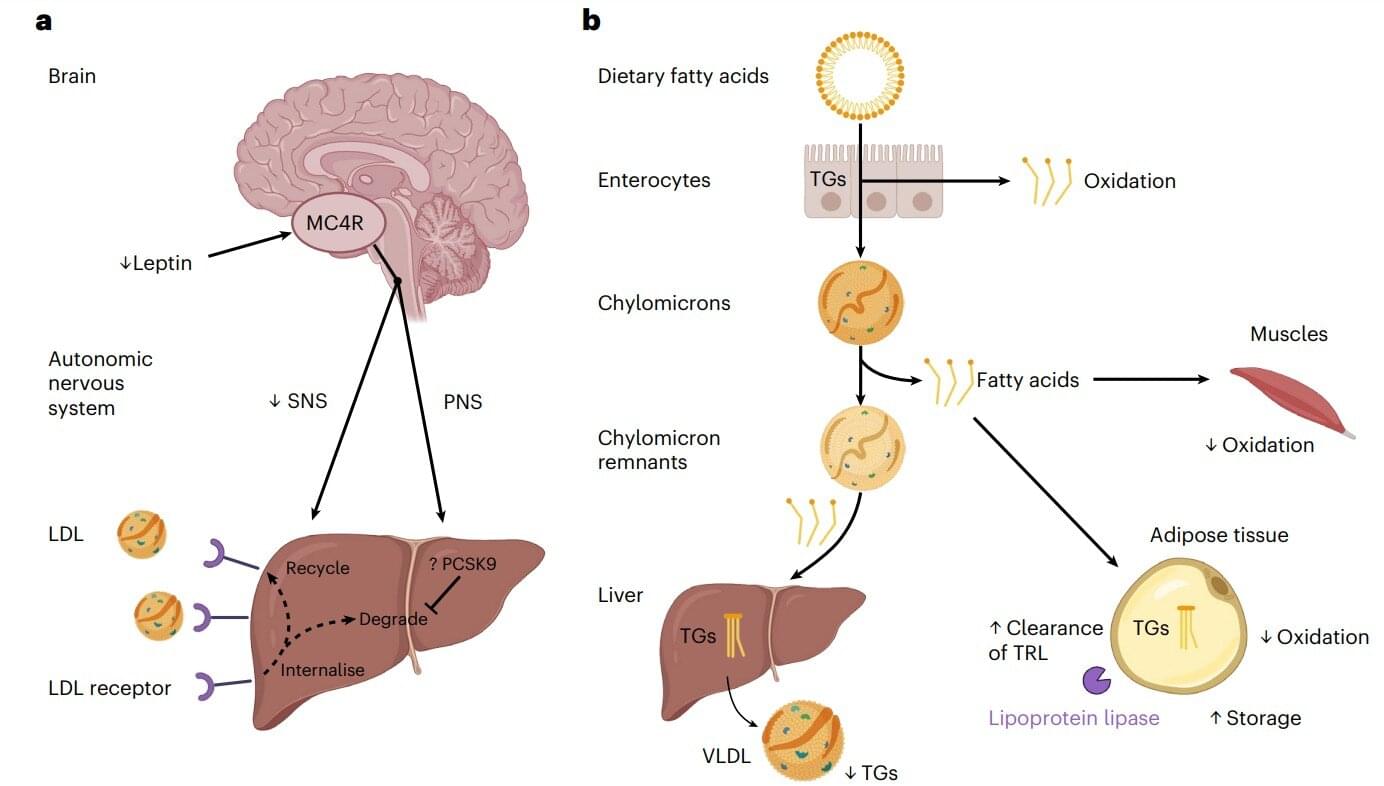
Deficiency of the gene melanocortin 4 receptor (MC4R) is linked with obesity among adults. A recent study has found that the same deficiency also leads to surprising outcomes such as reduced risk of heart disease, lower cholesterol, and triglycerides. These results contradict the well-established correlation between obesity and cardiovascular diseases.
The researchers scanned the genetic profiles of 7,719 children from the Genetics of Obesity Study (GOOS) cohort. They identified 316 probands—first person in a family to draw medical attention to a genetic disorder —and 144 adult family members with obesity due to loss-of-function (LoF) MC4R mutations.
Even after adjusting for weight, these individuals showed better blood pressure profiles and cardiovascular health when compared to 336,728 controls from the UK Biobank.

In recognition of Breast Cancer Awareness Month, join us for a live webinar to uncover the complexity of tumor biology and the surprising resilience of normal tissue. This event will feature two expert-led presentations: one demonstrating how protein multiplexing and quantitative imaging uncover the hidden heterogeneity of breast tumors, and another examining how natural tissue remodeling can both suppress and influence oncogenic transformation. A live discussion and Q&A session will follow, giving you the opportunity to engage directly with leading researchers and gain valuable insights to improve cancer diagnosis, guide therapy decisions, and inform prevention strategies. All sessions will be available on demand, allowing flexible access for continued learning and engagement.
Featured Talks:
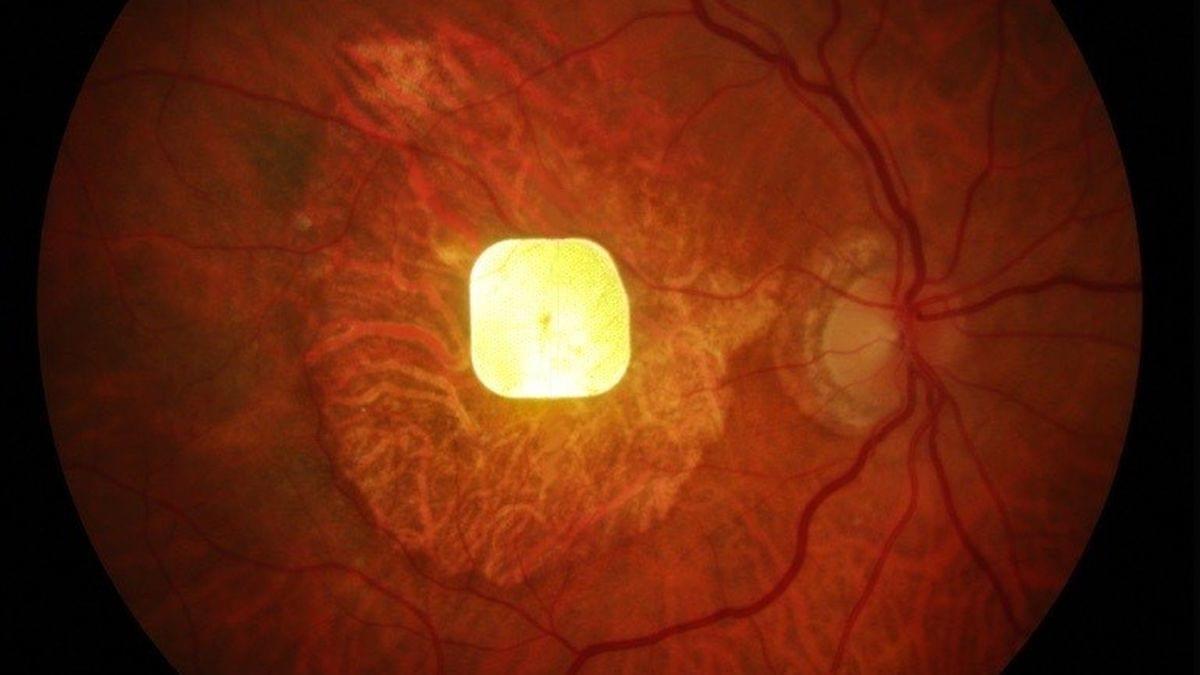
A tiny chip implanted into the eyes of people suffering vision loss from irreversible age-related macular degeneration has restored central sight in a dazzling first.
It’s called the PRIMA system, tested across 17 European hospitals, and it restored central vision in 26 of 32 patients who used it for 12 months – many of whom could even read again. The result, developed by a large international team of doctors and scientists over many years, represents a massive breakthrough in treatments for vision loss.
“It’s the first time that any attempt at vision restoration has achieved such results in a large number of patients,” says ophthamologist José-Alain Sahel of the University of Pittsburgh School of Medicine, co-senior author on a paper describing the results.
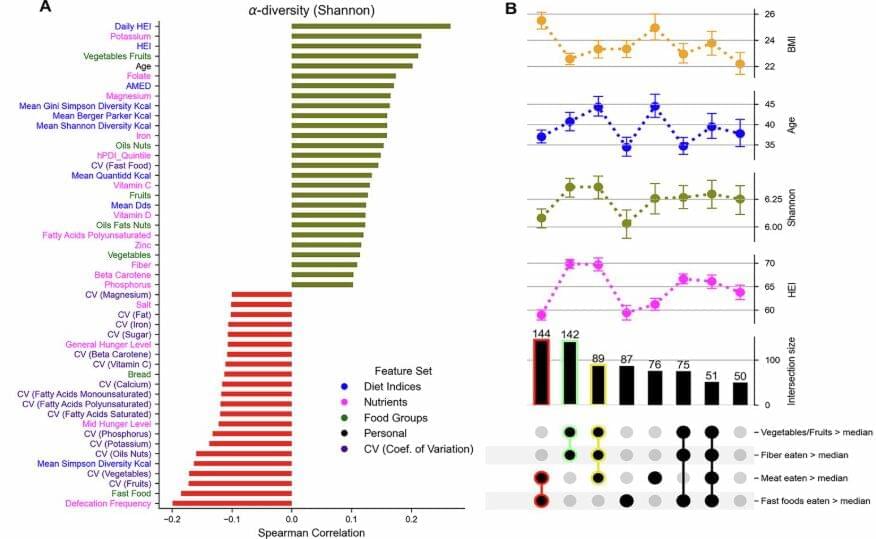
In a new study using AI and machine learning, EPFL researchers have found that it’s not only what we eat, but how consistently we eat it that plays a crucial role in gut health.
The gut microbiota is the community of microorganisms, including bacteria, viruses, fungi and other microbes, that lives in our digestive systems—some of these microbes are helpful and others can be harmful.
Many previous studies have shown that what we eat has an impact on our gut microbiota. Healthy diets rich in fruit, vegetables, fiber and nuts are strongly associated with increased microbial diversity and better stomach health.
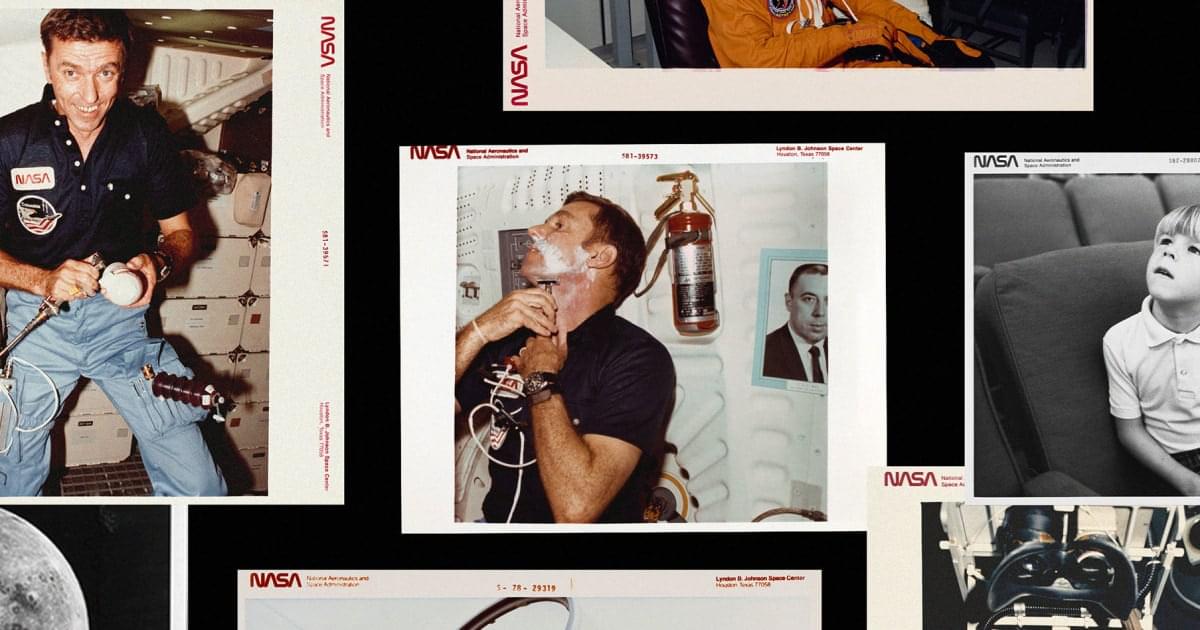
Traveling to space presents significant challenges to human health, with research detailing a variety of detrimental effects on the body that may mirror accelerated aging. These include a loss of bone density, swelling of brain and eye nerves, and changes in gene expression. NASA’s groundbreaking study featuring identical twin astronauts Mark and Scott Kelly provided vital insights into these concerns by observing Scott’s physical condition after spending 340 days in space, while Mark remained on Earth. Findings from this 2019 “twins study,” published in the journal Science, revealed that Scott experienced DNA damage, cognitive decline, and persistent telomere shortening—an indication of aging—even six months post-mission.
Recent research has now uncovered an alarming revelation about stem cells during spaceflight, indicating that they exhibit signs of aging at a staggering rate—up to ten times faster than their counterparts on Earth. Dr. Catriona Jamieson, director of the Sanford Stem Cell Institute at the University of California, San Diego, and a lead author of the new study published in the journal Cell Stem Cell, articulated the significance of this finding. Stem cells, which are crucial for the development and repair of various tissues, losing their youthful capacity could lead to grave health issues, such as chronic diseases, neurodegeneration, and cancer.
This study arrives at a pivotal moment, as both government agencies and private companies are gearing up for long-duration missions to the moon and beyond. With the surge in interest in spaceflight, understanding the associated health risks has never been more urgent. Insights from this accelerated cellular aging could not only inform safer space travel but also enhance our understanding of biological processes on Earth.
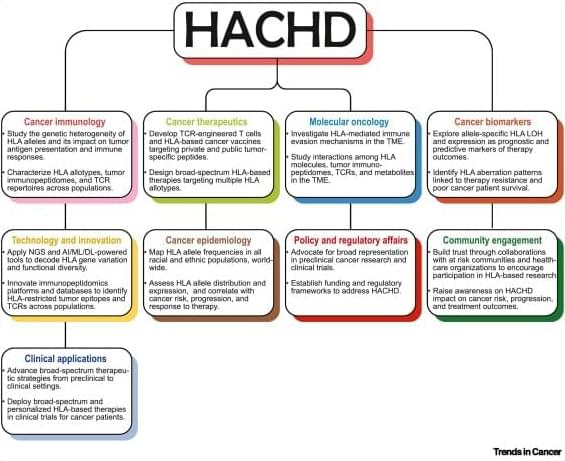
Human leukocyte antigen (HLA)-based immunotherapeutics, such as tebentafusp-tebn and afamitresgene autoleucel, have expanded the treatment options for HLA-A*02-positive patients with rare solid tumors such as uveal melanoma, synovial sarcoma, and myxoid liposarcoma. Unfortunately, many patients of European, Latino/Hispanic, African, Asian, and Native American ancestry who carry non-HLA-A*02 alleles remain largely ineligible for most current HLA-based immunotherapies. This comprehensive review introduces HLA allotype-driven cancer health disparities (HACHD) as an emerging research focus, and examines how past and current HLA-targeted immunotherapeutic strategies may have inadvertently contributed to cancer health disparities. We discuss several preclinical and clinical strategies, including the incorporation of artificial intelligence (AI), to address HACHD.

The ocean has helped mitigate global warming by absorbing about a quarter of anthropogenic carbon dioxide (CO2) emissions, along with more than 90% of the excess heat those emissions generate.
Many efforts, including assessments by the Intergovernmental Panel on Climate Change, have looked at how the oceans may continue to mitigate increasing emissions and global warming. However, few have looked at the opposite: How will the oceans respond if emissions and associated atmospheric heat levels begin to decrease in response to net negative emissions?
Ivy Frenger and colleagues examined what might happen in the Southern Ocean if, after more than a century of human-induced warming, global mean temperatures were to be reduced via CO2 removal from the atmosphere. Their results are published in the journal AGU Advances.
